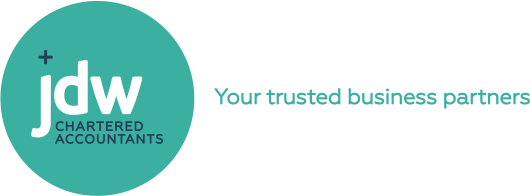Kiwisaver Government Contribution
How do I get the Government contribution when I'm Self-Employed?

How do Self-employed get the Kiwisaver Government contribution?
This week, one of my clients asked if he should make a payment to his Kiwisaver to get the Government contribution, given the recent drop in the financial markets. I’m not a registered financial adviser so I can only give general advice and the benefit of my experience as a chartered accountant and investor. I’ve expanded on my comments to him in this blog.
Self-employed people register with Kiwisaver providers directly
Salary and wage earners have Kiwisaver deducted from their regular income through PAYE, and they also receive contributions from their employer. Self-employed and shareholders who get salaries calculated at year end with no PAYE deducted, need to contact their Kiwisaver provider to set up payments. You can either pay by regular instalments or make a lumpsum payment by 30 June each year.
If you were receiving PAYE income but your Kiwisaver contribution was less than $1,042.86 for the 30 June year, you can make a direct top-up payment to your Kiwisaver provider too.
Why is 30 June special?
Government tops up your Kiwisaver contributions to 30 June, by another 50%, up to $521.43. That is, if you invest $1,042.86 in Kiwisaver by 30 June, you get $521.43 of the Government’s money invested alongside it.
Should I put more into my Kiwisaver if I have it?
Talk with your investment advisor / Kiwisaver provider about other managed funds options to save for retirement. Kiwisaver is locked in until you reach 65 (or claim the first home buyer withdrawal), whereas other managed funds may be accessed earlier, if your situation changes.
My Kiwisaver dropped a lot last year. Should I keep paying into it?
Financial markets go up and down a lot, and it has been very volatile lately with Covid, Ukraine etc. The benefit of investing when the market is down is that you will get more units for your dollar, so when the market goes up they will increase in value. If you are still several years away from retirement age, you have time to bounce back from a downturn. Though you may have to shut your eyes as you ride the rollercoaster! If you are near retirement, then you may want to have more certainty of your returns, and a smoother ride.
Talk with your Kiwsaver provider about whether you are in the right fund.
If you were put in a default fund when you started working, you should definitely contact them. This may not be the best choice if you have several decades of investing ahead of you, as you may be missing out on better returns.
There are growth funds and balanced funds which offer a different mix of investments (shares, bonds, cash deposits) depending on your risk profile. Generally the higher the risk, the more susceptible your investment is to big highs and big lows. Over a long term, growth funds tend to do better, but the short-term volatility can be unsettling for some people. If you are retiring soon, then a more conservative fund (mainly cash deposits, bonds) is better, as there are few highs and lows.
Check out the Kiwisaver Looksee flow chart from the Financial Markets Authority: https://www.fma.govt.nz/investors/kiwisaverandsuperannuation/kiwisaver-flow
How do I decide which Kiwisaver provider?
Check out the online reviews of different providers and look for ones that best suit your values, risk profile, investment knowledge and fee expectations. Past performance is no prediction of future outcomes, but it can give you some indication of the quality of the fund managers.
Sorted has an easy calculator for working out what your risk profile is, and can tell you which providers have the lowest fees. High fees can eat away at your investment returns, so take a careful look at this. https://sorted.org.nz/tools/kiwisaver-fund-finder
To sum up
If you aren’t already contributing regularly to Kiwsaver, invest at least the $1,042.86 each June to get the Government contribution, if you can afford it. Don’t check your Kiwisaver balance frequently, but do review annually in case your situation has changed. Talk with your investment advisor about your risk profile, their fees and the appropriate funds for your retirement savings.
- Serena Irving
Serena Irving is a director in JDW Chartered Accountants Limited. JDW is a professional team of qualified accountants, auditors, business consultants, tax advisors, trust and business valuation specialists.
Download a PDF version here or contact the author by email. Like our Facebook page for regular tips.
A well-written article like this, which is general in nature, is no substitute for specific investment advice from a financial advisor. If you want more information about the issues in this article, please contact your financial advisor.




